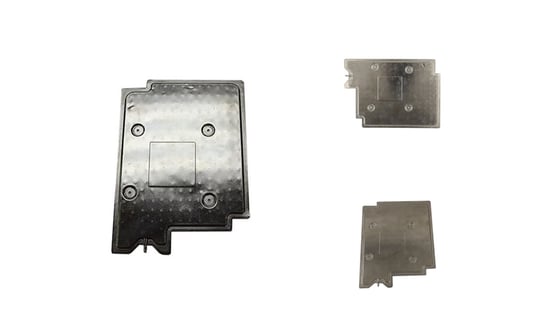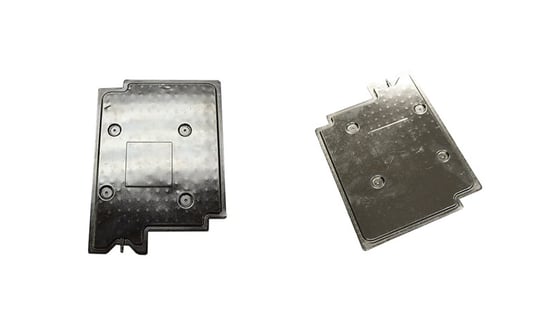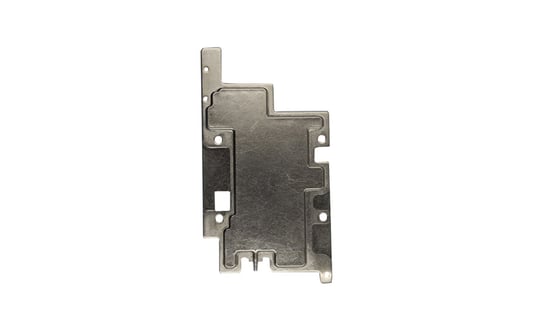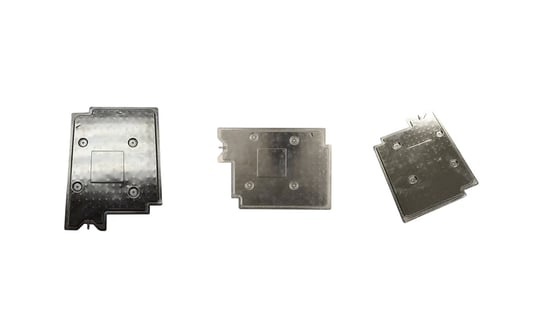The Importance of Heat Sink DesignWhen it comes to LED modules, heat sink design plays a crucial role in ensuring optimal performance and longevity. Heat sinks are essential for dissipating heat generated by LEDs, which can significantly affect their efficiency and lifespan. A well-designed heat sink helps maintain the ideal operating temperature for LED modules, ultimately maximizing their performance.Types of Heat Sinks for LED ModulesThere are various types of heat sinks available for LED modules, including passive and active options. Passive heat sinks rely on natural convection to dissipate heat, while active heat sinks use additional mechanisms such as fans or water cooling systems. The choice of heat sink type depends on factors such as the size of the LED module, the operating environment, and the desired level of heat dissipation.Factors to Consider in Heat Sink DesignSeveral factors must be taken into account when designing a heat sink for LED modules. These factors include the power output of the LEDs, the thermal resistance of the materials used, the surface area of the heat sink, and the airflow around the heat sink. By carefully considering these factors, designers can create an efficient and effective heat sink for LED modules.Optimizing Thermal ManagementEffective thermal management is essential for maximizing the performance and lifespan of LED modules. In addition to a well-designed heat sink, other thermal management techniques such as thermal interface materials and heat spreaders can help improve heat dissipation and reduce thermal resistance. By optimizing thermal management, designers can ensure that LED modules operate at their full potential.Customization Options for Heat Sink DesignMany manufacturers offer customization options for heat sink design to meet the specific requirements of LED modules. Customized heat sinks can be tailored to the size, shape, and thermal characteristics of the LED modules, ensuring optimal heat dissipation and performance. By choosing customized heat sinks, designers can achieve the best possible results for their LED lighting applications.Materials for Heat Sink ConstructionHeat sinks for LED modules are typically made from materials such as aluminum, copper, or thermal composites. Each material has its own thermal conductivity and heat dissipation properties, which can affect the efficiency of the heat sink. Aluminum is a popular choice for heat sinks due to its lightweight and cost-effective nature, while copper offers higher thermal conductivity for improved heat transfer.Design Considerations for Heat Sink EfficiencyWhen designing a heat sink for LED modules, several key considerations can help improve its efficiency. These include optimizing the fin design for maximum surface area, using thermal simulations to analyze heat dissipation performance, and incorporating heat pipes or vapor chambers for enhanced thermal conductivity. By carefully considering these design elements, designers can create highly efficient heat sinks for LED modules.Challenges in Heat Sink DesignDespite the benefits of heat sink design for LED modules, there are some challenges that designers may face. These challenges include limited space for heat sink installation, compatibility with other components in the LED module, and the need to balance heat dissipation with aesthetics. Overcoming these challenges requires innovative design solutions and a deep understanding of thermal management principles.Future Trends in Heat Sink TechnologyAs LED technology continues to advance, heat sink design is also evolving to meet the changing needs of the industry. Future trends in heat sink technology for LED modules may include the use of advanced materials with superior thermal conductivity, the integration of IoT-enabled sensors for real-time temperature monitoring, and the development of modular heat sink solutions for easier installation and maintenance.ConclusionIn conclusion, heat sink design plays a critical role in maximizing the efficiency and lifespan of LED modules. By considering factors such as heat dissipation, materials, customization options, and design considerations, designers can create highly effective heat sinks for LED lighting applications. As technology continues to progress, the future of heat sink design for LED modules holds exciting possibilities for improved performance and thermal management.Quote Inquirycontact us
03. July, 2025










